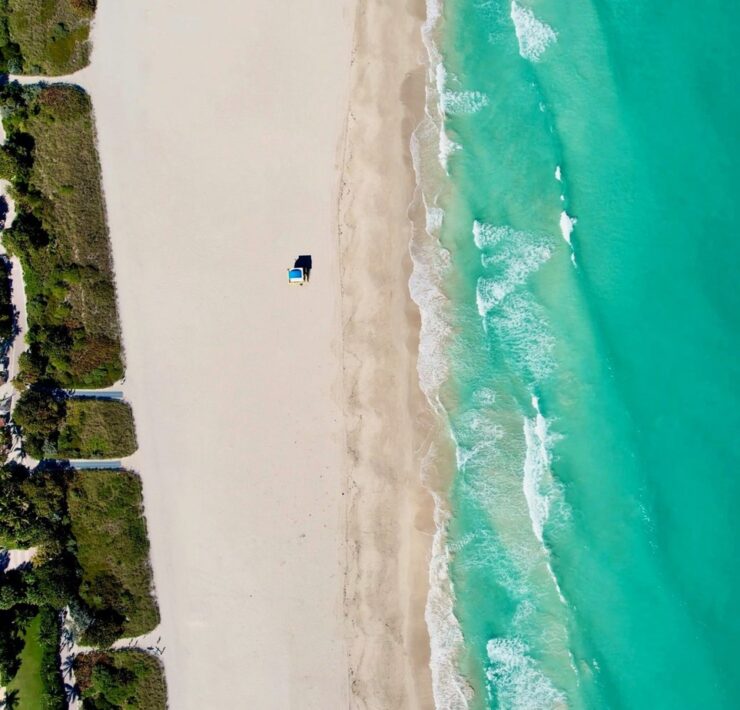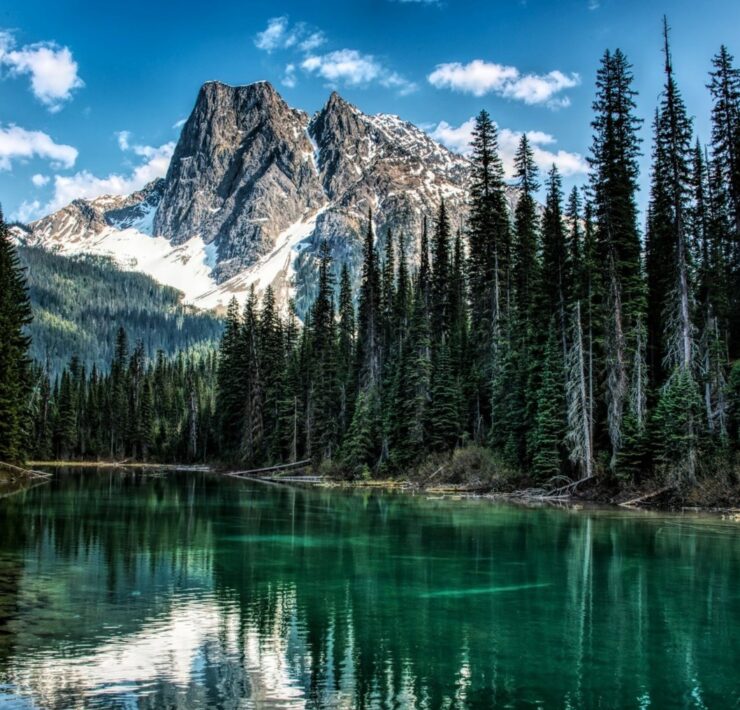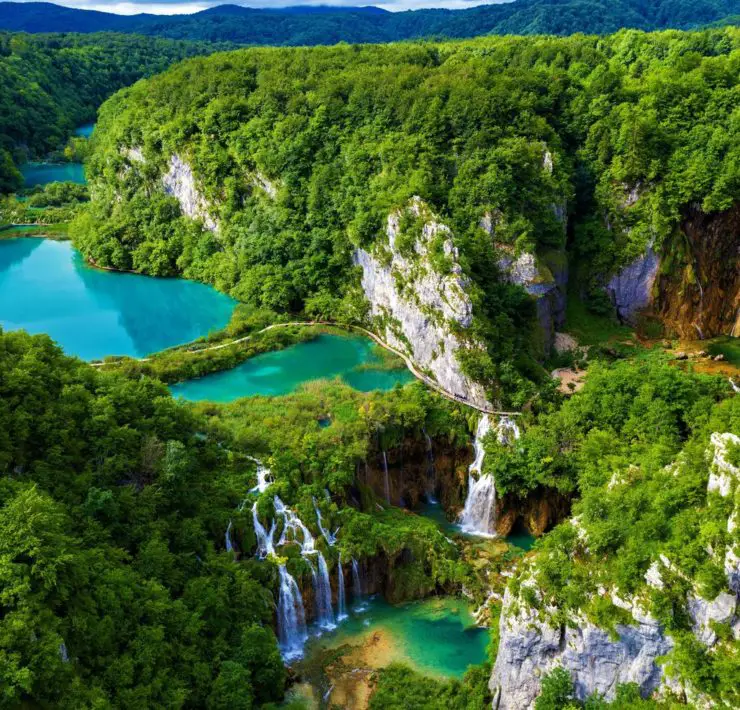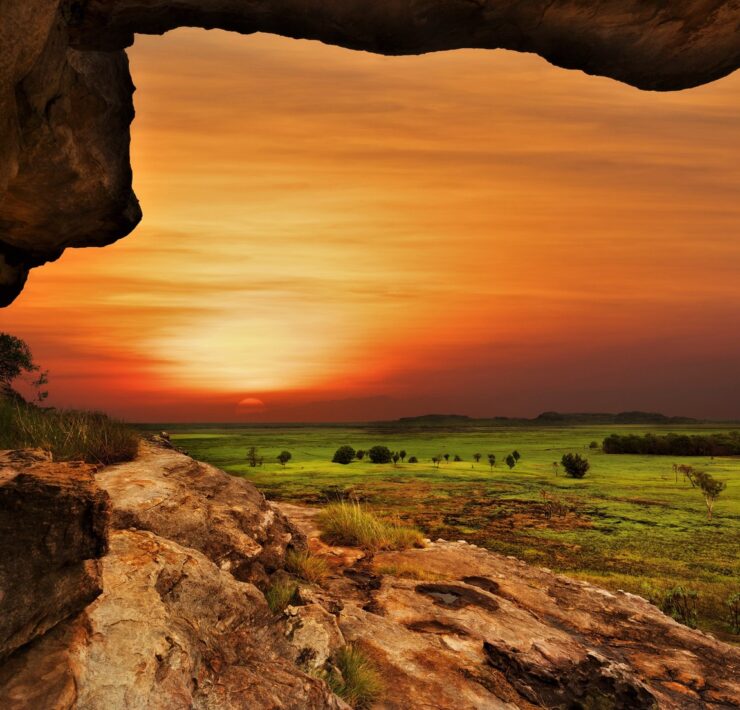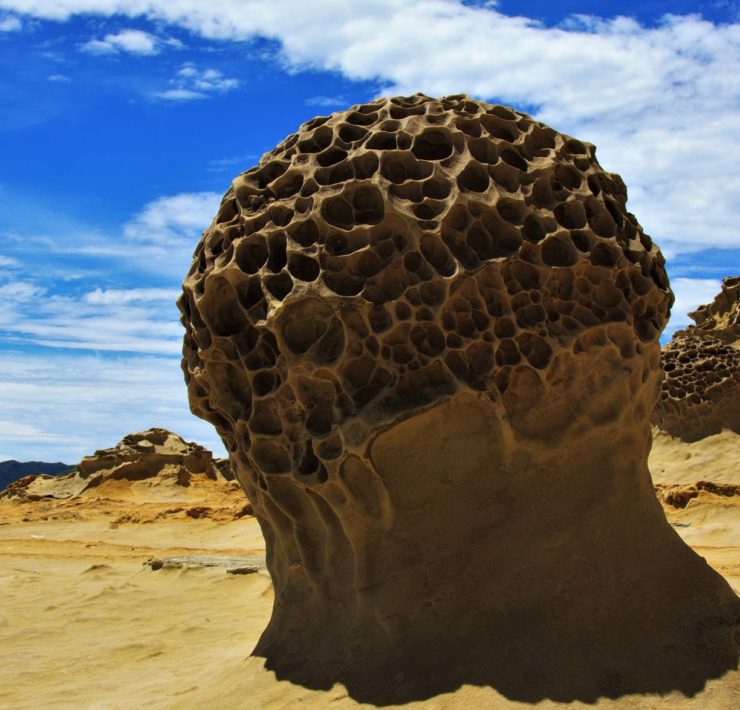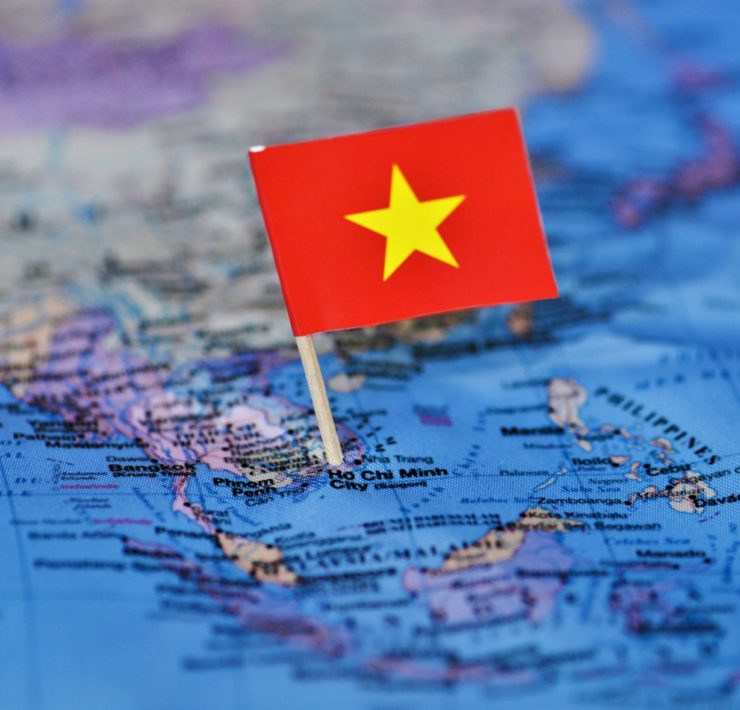Sometimes, it takes a bit of caution before you can swim in Chile’s natural swimming sites. From beaches to lakes, you’ll surely dip your toes with hesitation in the waters that may not get warmer than 15 °C (59 °F) in the summer. But no one can stop the adventurous, the courageous, and the “bey this happens once in a lifetime, right?” traveler from jumping in and shooing some blues away despite the coldness. But it’s not only about the water, but it’s also about the scenery. Read on to discover the 10 swimming spots in Chile where you can play, relax, and enjoy nature’s raw beauty.
1. El Tatio Geysers
El Tatio which means The Grandfather is a geyser field considered as the largest in the southern hemisphere, the third-largest in the world, and among the highest elevation fields in the world with an altitude of 4,200 meters. Visitors, who are encouraged to visit during the daytime, are greeted with columns of steam and pools with warm waters. El Tatio is located within the Andes Mountains, Northern Chile.
2. Laja Falls
Between the cities of Los Angeles and Chillan in the Bio Bio region, lies Laja Falls, which was once a site of worship for the Araucanos. Laja Falls is made up of four horseshoe-shaped falls that may be accessed by foot. The tallest fall is the easternmost fall with a height of 35 meters. Beyond swimming, visitors can also try river rafting, hiking, horseback riding, or just relaxing in their chosen accommodation surrounded by majestic sights.
3. Los Molles
Los Molles is for you if you’re looking for a place where fishing and scuba diving are on the top of your to-do list. Los Molles is located at La Ligua, Petorca province, Valparaiso region, 187 kilometers from the country’s capital, Santiago. Los Molles is also close to a conservation center where all species of a high degree of endemism are protected from the threat of extinction.
4. Embalse El Yeso
El Yeso is a reservoir located in the Andes, in the Santiago Metropolitan Region, Chile. It has a capacity of 250,000,000 m³ and is one of the major sources of drinking water for Santiago. The cold waters of El Yeso might be too much for you so besides jumping in, you can just do some fishing and windsurfing.
5. Carrera Lake (Marble Caves)
General Carrera lake is a 200-meter long body of water with a surface area of 978 square kilometers. Here you can witness the majestic formations of Capilla de Mármol Natural Sanctuary. The lake is located in Patagonia and shared by Argentina (known as Lake Buenos Aires) and Chile. Take note that the lake is a four to five-hour drive south of Coyhaique.
6. Lago Villarrica
Lago Villarrica becomes a popular spot during the summer, offering water sports like sailing, kayaking, sport fishing, and water skiing. The 25-kilometer lake is located about 700 kilometers south of Santiago in Chile’s Lake District. Nearby lies the city of Pucon, the town of Villarrica, and the Villarrica Volcano.
7. Bahia Inglesa
Black rocks, white sand, turquoise water – that’s how you describe Bahia Inglesia’s beaches. The isolated coastline of Bahia Inglesia is surrounded by a vast desert and located 5 km from Caldera. Depending on the beach you’re heading to, you can enjoy several outdoor activities like kitesurfing, fishing, windsurfing, and sailing. Bahia Inglesia has warm waters during the summer but temperatures drop each evening.
8. Los Ojos del Salar
Ojos means eyes. Salar means salt plain. When you visit Los Ojos del Salar, you’ll see two, perfectly-round freshwater lakes in the middle of the desert. The attraction is located 32 kilometers from the town of San Pedro de Atacama and by other lakes in the area: the Laguna de Cejar and Laguna Tebenquiche.
9. Lago Nordenskjold
Although the name can make someone think the lake is located somewhere in Scandinavia, Lago Nordenskjold is a 100% Chilean lake located in Torres del Paine National Park in the Magallanes Region of Southern Chile. Besides watching the colorful waters of the lake, you can also walk around and see its flora and fauna, or even go hiking. The lake is named after its Swede discoverer, Otto Nordenskiöld.
10. Lago Llanquihue
The second largest lake in Chile, the Lago Llanquihue is a fan-like lake with an area of about 860 square kilometers. It is located in the southern Los Lagos Region in the Llanquihue and Osorno provinces. Its numerous beaches are hotspots for picnics, water sports, and camping. The lake is just 23 kilometers from Puerto Montt.
When On Earth Magazine is for people who love travel. We provide informative travel guides, tips, ideas and advice regarding places to see, things to do, what to taste, and much more for world travelers seeking their next dream vacation destination.

